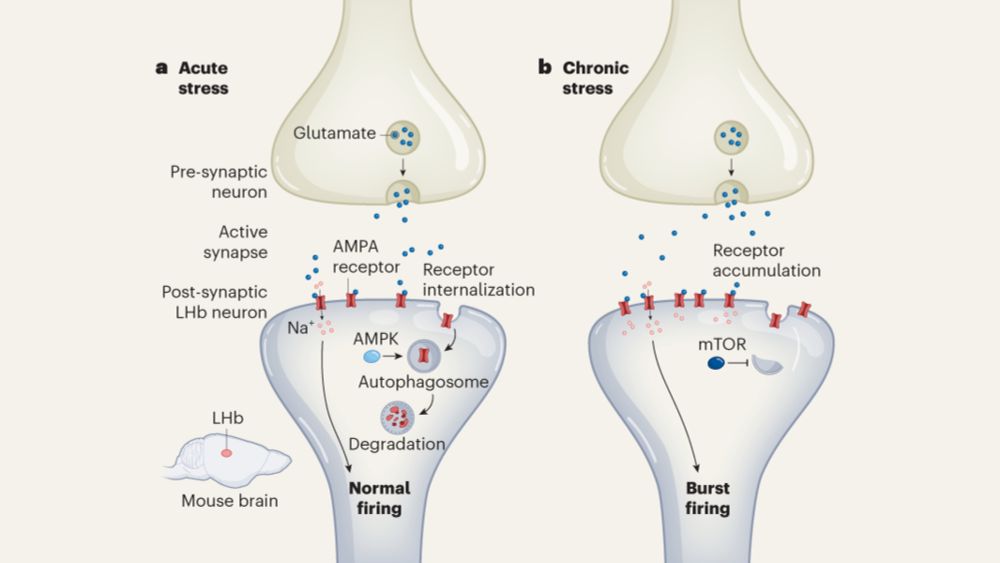
Chronic stress, impaired autophagy, and depression (as opposed to acute stress)
www.nature.com/articles/d41...
@sajoconnor.bsky.social
Doctor, Anaesthetist, Neuroscientist, Researcher

Chronic stress, impaired autophagy, and depression (as opposed to acute stress)
www.nature.com/articles/d41...
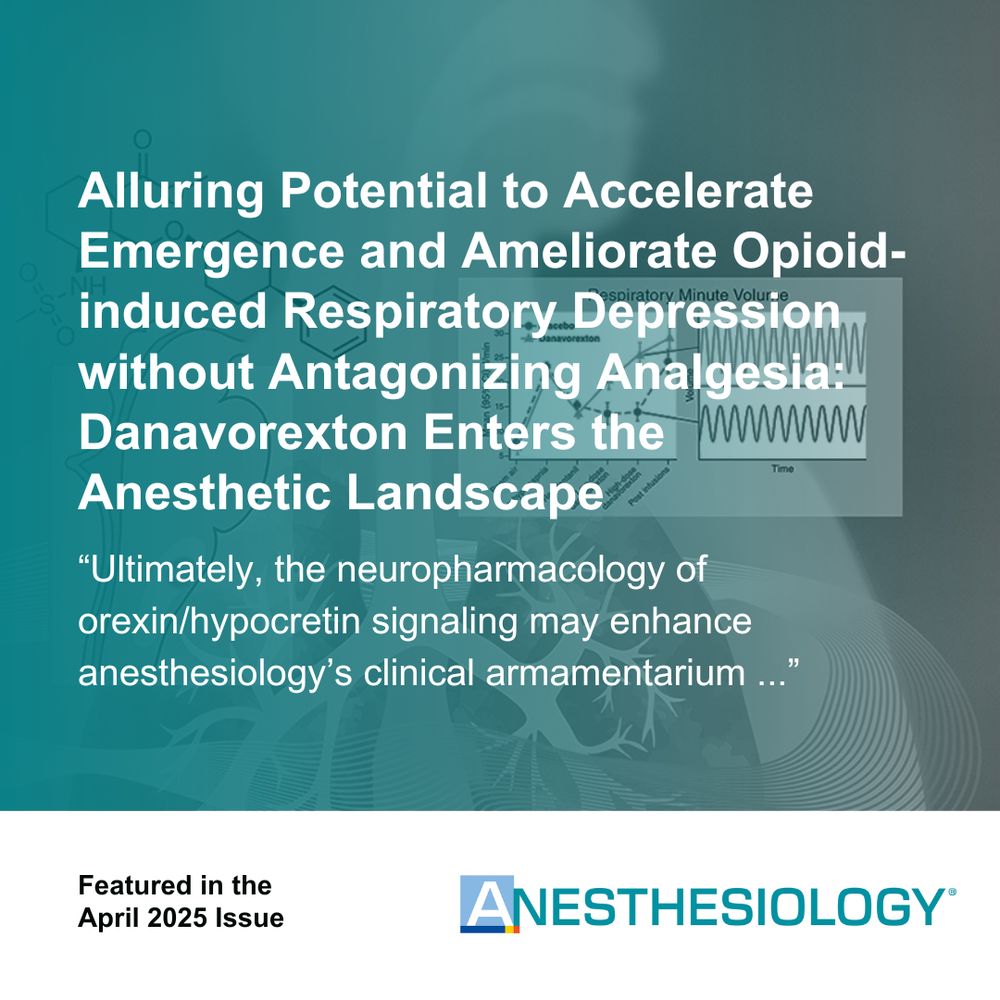
Imamura and Kelz discuss the neuropharmacology of orexin/hypocretin signaling and its potential to meaningfully impact clinical care. Read the new editorial: ow.ly/f85p50VfCXT
13.03.2025 19:55 — 👍 1 🔁 1 💬 0 📌 0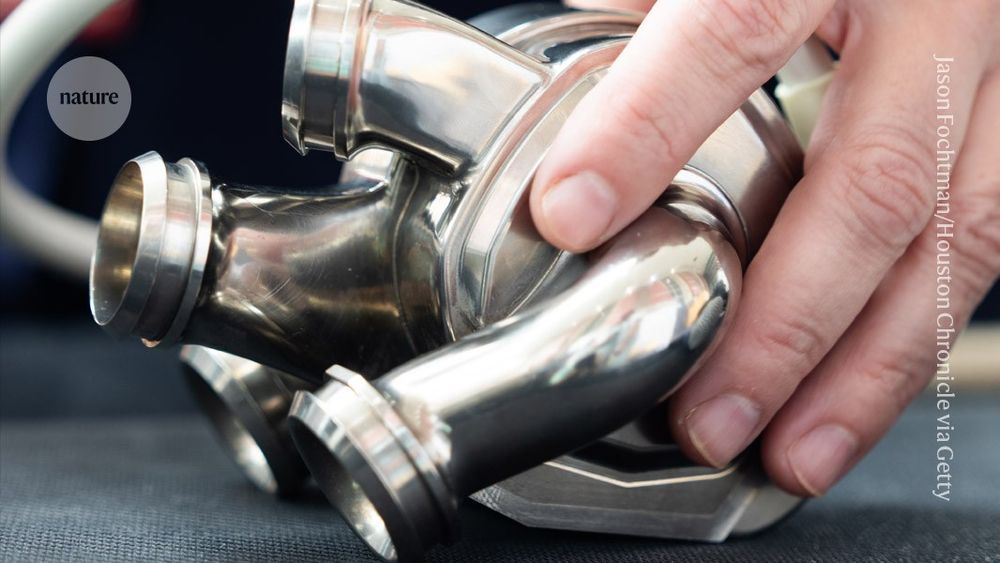
An Australian man in his forties has become the first person in the world to leave hospital with an artificial heart made of titanium
The device could be a temporary measure for those waiting for a donor organ
https://go.nature.com/3FCPcFn

My latest #BJAEd podcast discussing Jet Ventilation with Dr Craig Lyons is available now:
12.03.2025 16:04 — 👍 1 🔁 0 💬 0 📌 0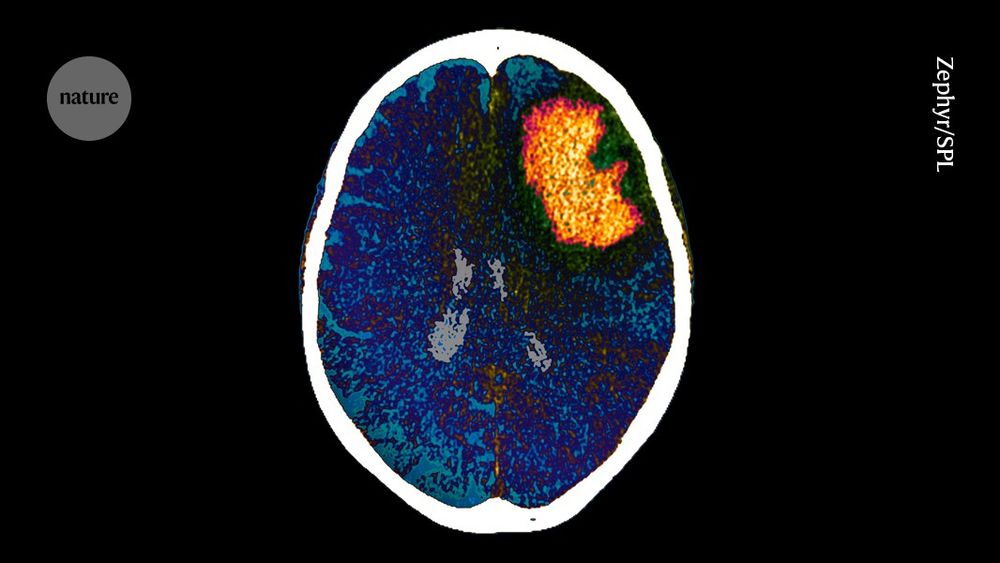
The presence of a pattern called a sleep spindle helps to predict which people will recover from an unresponsive state
https://go.nature.com/3Dt9WPn
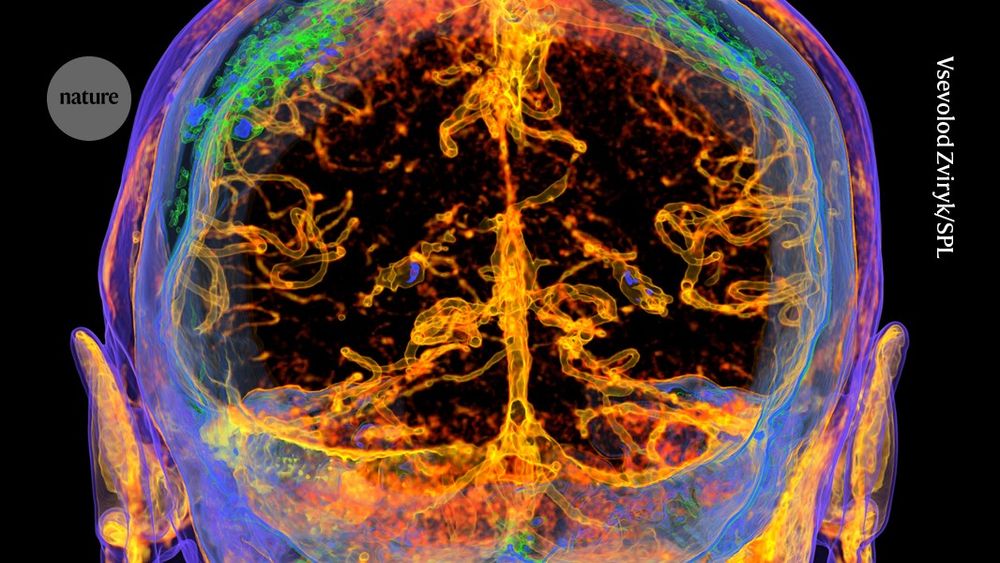
Slippery proteins in the brain’s blood vessels form a protective barrier that breaks down with age
https://go.nature.com/4kjeHf2
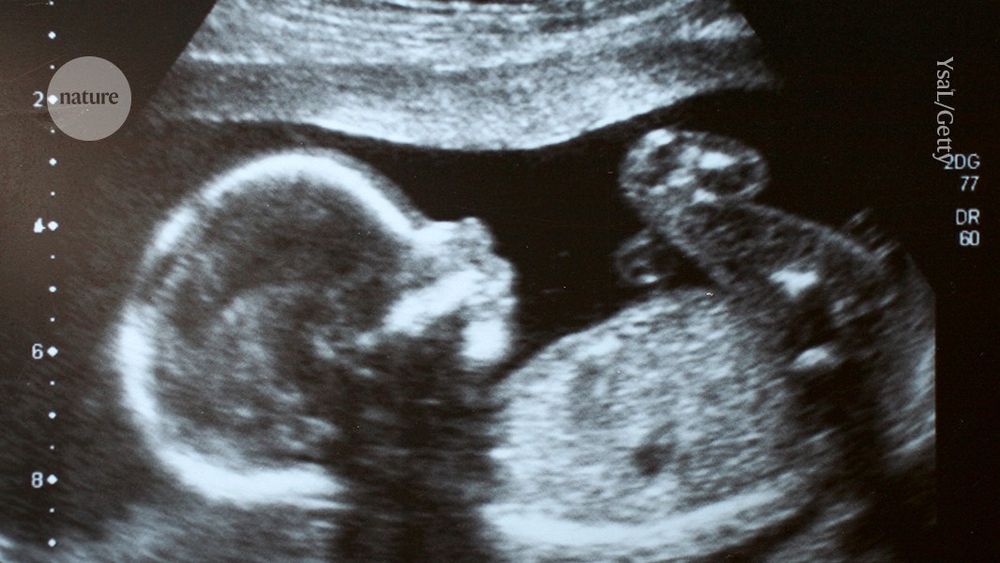
A two-and-a-half-year-old girl shows no signs of a rare genetic disorder, after becoming the first person to be treated for the motor-neuron condition while in the womb.
https://go.nature.com/41a7Zzj